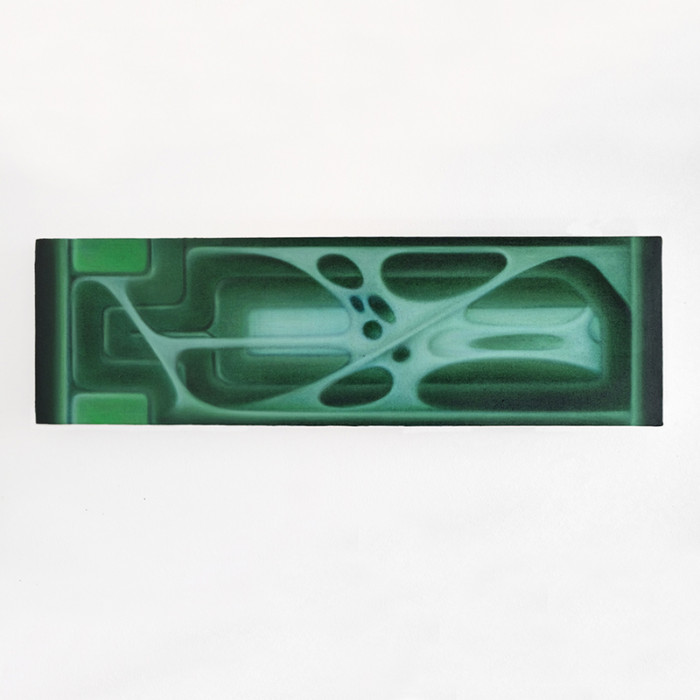
Maren Karlson
Nodulara
Opening: September 17, 2021, 6-9 PM
On view: September 18 – October 10, 2021
Today I’m making bone broth. I watch the salty water boil and see the transformation of bone from one form to another. I toss some cucumber slices into the mix and watch my thoughts wander…
What is the heart's function? I ask myself and arrive here: the heart functions to pump blood and to love. The heart is a thing which pushes oxygen into every corner of our bodies. As well it is the measure, compass and receiver for love. I would go so far as to say that staying alive, on the heart’s terms, is intrinsic with the existence of not just oxygen, cells, gravity and whatnot, but also love. So, what really is the heart pumping all the time? That I really don’t know and I would like to keep it that way.
But its form? I know what this “blood pumping” heart’s form looks like. I have my very own contained within my chest. But I have no idea the form of this “love” heart. It makes me wonder: is formlessness possible? Well, yes. (Thinking of my simmering broth) to be formless does not mean to be without form. Formlessness is a form. It’s like the gods decided one day to carve out the oceans and forgot to tell us they’re all the shape of water.
The work of Maren Karlson is that of a form person. By this I mean that its own existence is dependent on a process of constant formation. Each painting is created with the understanding that what can be new is form itself. No matter the complexity of tone or value contained in each painting, Karlson’s process of producing an image is built on line. Everything in her work is an accumulation of drawn lines, representative of a kind of linear existence that we, as blood pumping, eating and defecating organisms, have the fortune/misfortune of inhabiting. The success of these works is not their ability to describe or educate us on the human experience, rather their inability to be anything else but body.
A body is not just a container; it is a boundary. It separates one thing from another by giving each thing form. And because body is, by way of becoming singular, the generator of a kind of individuality, it too is the creator of alienation. We could all together, with all matter, be one great mass in constant pulsating ecstasy, but instead the flesh that drapes our bones and houses our minds not only brings our parts together into one unified form, it separates us from each other. As body gives form, it destroys unguarded connection. Body is our ecstasy and agony. It is the creator of desire. In this sense, as Karlson creates body, she as well creates the alien as painting.
Returning to my broth, it’s become cloudy and delicious. At this moment, I can’t keep myself from thinking that Karlson’s newest body of work behaves like a bone, acting out the roles of material, structure, food, flavor, essence, process (time). There is a joy in experiencing her work. It appears to have a demure and serious concern with life, but it fails to be tragic and instead manages the nearly impossible achievement of pure comedy, speaking its own lines in simultaneous, parallel soliloquies.
In my own experience looking at Karlson’s work, I find it reflects on the deepest desire as an organic organism to essentially live forever. It unravels me in a death process by means of constant production and reproduction of line upon line. I am reborn as a mirror of myself who questions whether there is a need for existence without transformation - without pain. “What goes too long unchanged destroys itself. The forest is forever because it dies and dies and so lives.”[1] As Karlson herself has stated, “painting helps me to transform this feeling [alienation], to understand it as a necessary, even spiritual process or journey, because it leads to change.” I appreciate this mode of perceiving life. In her process of finding acceptance, Karlson embraces our most brutal realities through transmutation.
Text: Brook Hsu
[1] Ursula K. Le Guin, “Dragonfly,” Tales from Earthsea, New York: Houghton Mifflin Harcourt, 2001, p. 310.
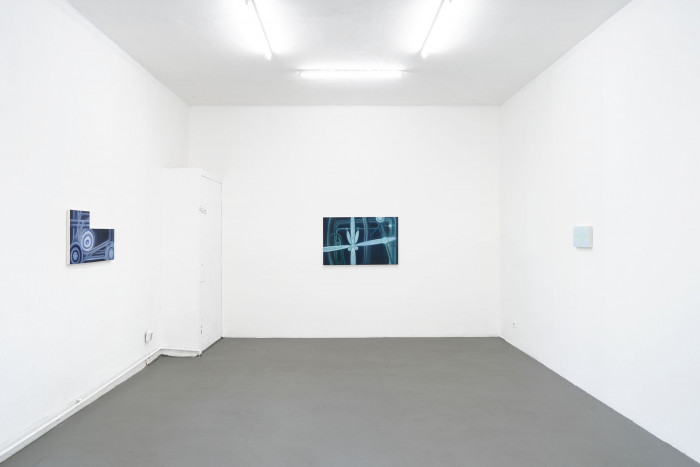
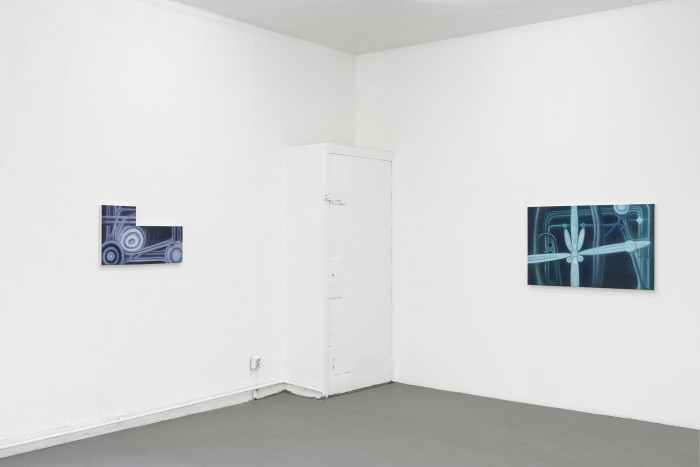

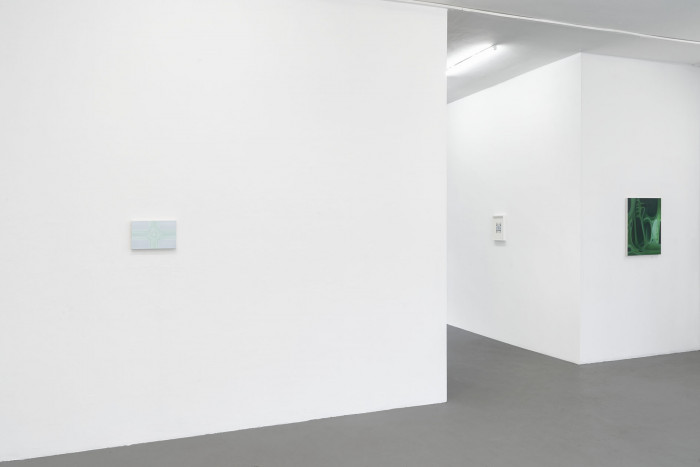
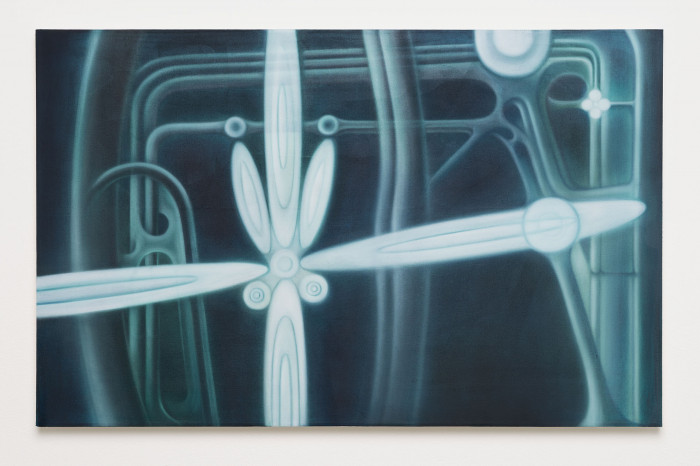

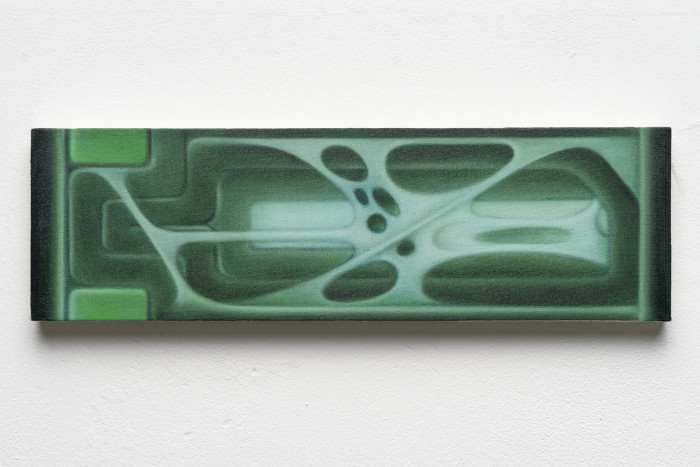

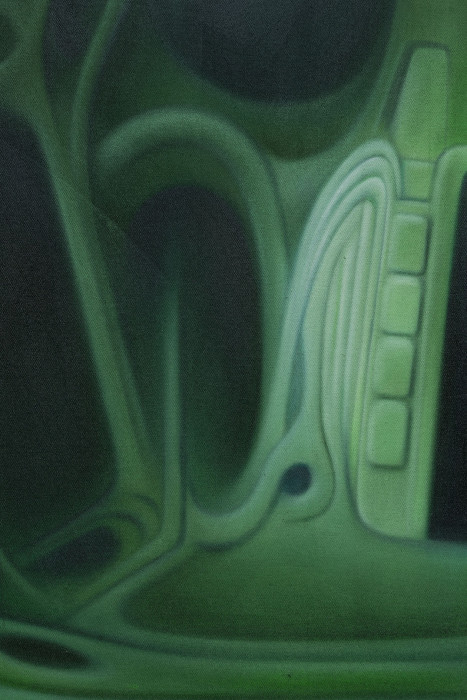
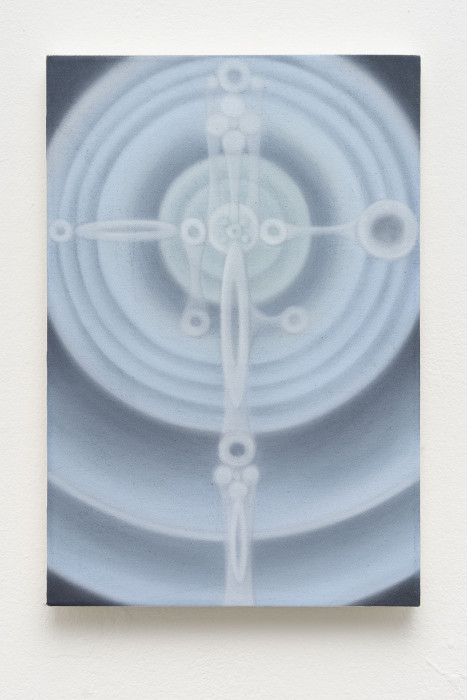

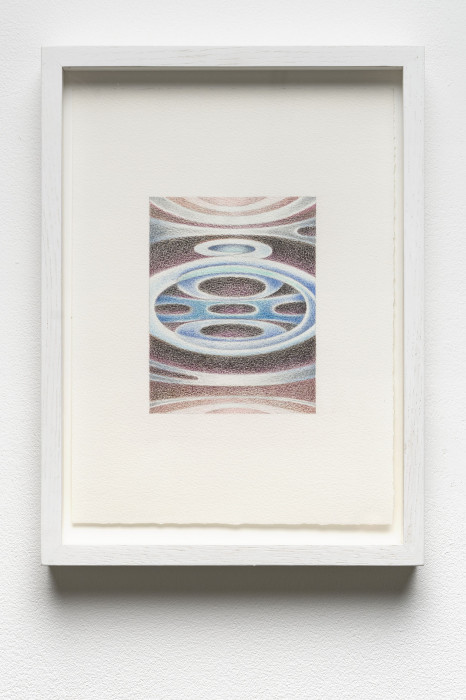
~
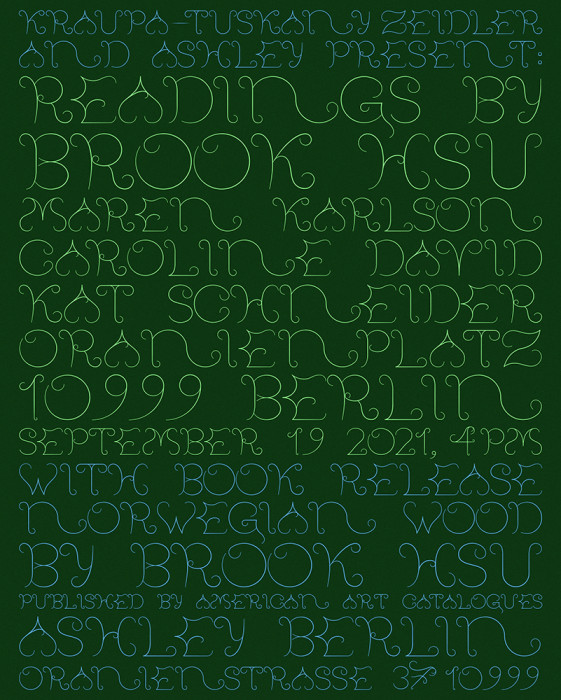
The exhibition will be accompanied by a reading event with Brook Hsu, Maren Karlson, Caroline David, and Kat Schneider, as well as the book release of Brook Hsu’s publication Norwegian Wood, on the occasion of the exhibition of Maren Karlson at Ashley and Brook Hsu at Kraupa-Tuskany Zeidler.
Sunday, 19.09.2021 4pm
Readings begin at 4pm at Oranienplatz, 10999
The book release will continue at Ashley, Oranienstrasse 37, 10999
The exhibition and accompanying program is generously funded by Bezirksamt Friedrichshain-Kreuzberg.

